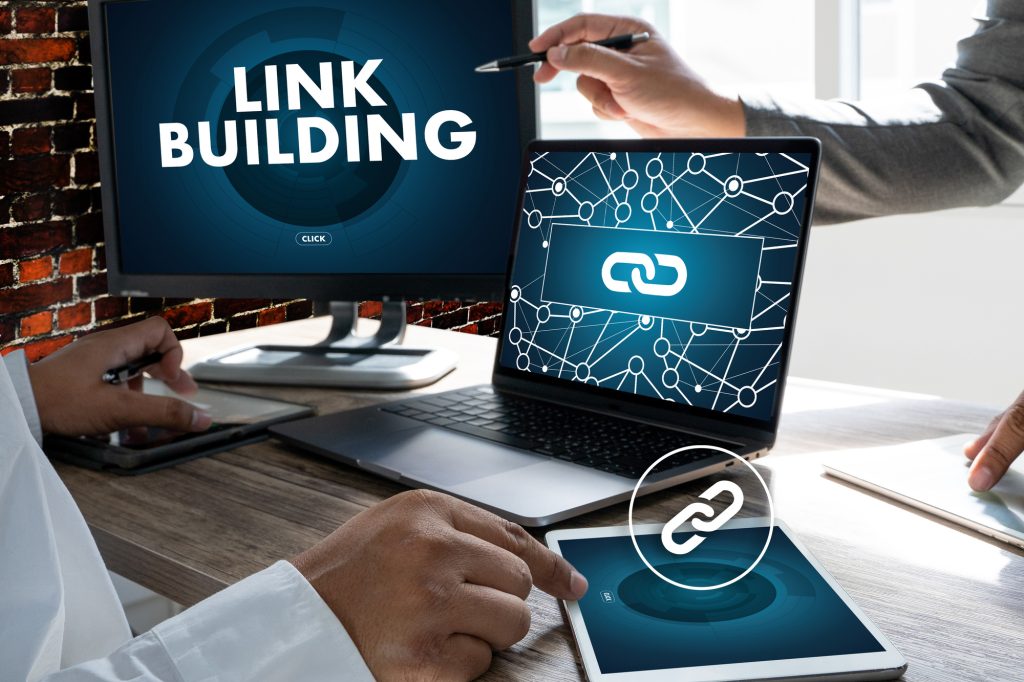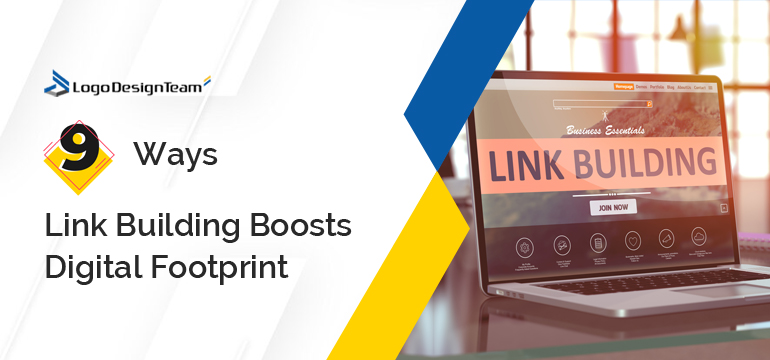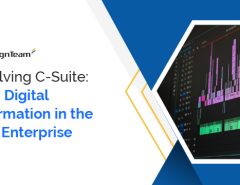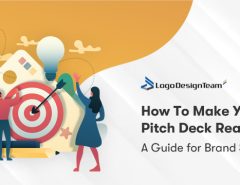Establishing a strong and credible online presence has become imperative for professionals, businesses, and brands alike. However, cutting through the cluttered online space to enhance visibility and trust isn’t easy. Thankfully, link-building emerges as an important element that significantly impacts digital discoverability and trust.
This comprehensive guide explores proven tactics on how to implement an effective link-building campaign for expanding your digital reach and credibility this year. Once you are equipped with these insider tips spanning numerous factors, you will be primed to use link-building for next-level credibility and surging organic growth.
But before exploring specific link-building tactics, it is important to clearly define what link-building entails as an online growth lever.
What exactly is link building?
Link building refers to the strategic process of acquiring reputable, high-quality backlinks that point back to your website from external sites. Just like word-of-mouth referrals in the offline world, links essentially serve as votes of endorsement and signals of trust in the digital sphere.
Hence, link building offers multifaceted value—it expands reach to new audiences, boosts domain authority, lifts brand visibility, and enhances the overall digital footprint. By expanding visibility to relevant new audiences and demonstrating credibility through high domain authority links, an effective link-building strategy executed by a specialized link building company powers sustainable long-term organic growth.

Guest posts for backlinks and exposure
Securing byline contributor posts on popular industry sites and blogs is an impactful link-building tactic that offers multiple benefits. By creating value-driven posts aligning with the host site’s niche and audience, you can integrate contextual backlinks and expose your brand to new yet relevant audiences.
Start by identifying reputable mid-tier publications overlapping your target demographic. Leverage tools that can help map out sites with engaged readership and editorial alignment. Reach out to editors with unique guest post pitches communicating clear value adds, word counts, deadlines, and your expertise.
Ensure ideas are tailored, not generic. Well-researched relevant topics that solve reader pain points perform best. Structure posts for scannability with sections, headers and clear takeaways. Optimize titles and meta descriptions for clicks while interlinking relevant resources. Secure the author bio link but also organically embed contextual links within the body copy for more referral equity.
Promote your posts upon publication across social channels, leveraging the host site’s reach and credibility. Guest blogging done systematically over time, not one-off, compounds exposure and links. Measure via Google Analytics traffic sources and Ahrefs/SEMRush referring domain reports.
Co-creating content with digital partners
Collaborating on multi-contributor assets like guides and infographics with non-competing but complementary industry sites/influencers offers shared expertise and expanded collective reach through cross-promotion and a link between sites—a win-win for all involved parties and their audiences.
Start by identifying strategic potential partners serving overlapping audiences but differentiated positioning from yours to avoid conflicts of interest. You can partner with services like NoBS SEO to discover niche sites and bloggers in adjacent segments that make ideal collaborators.
Brainstorm sharable resource ideas around common reader pain points or knowledge gaps. Align on educational-first assets like how-tos, insider tip compilations, or beginner glossaries that consolidate both sites’ expertise versus solely promoting brands. Co-design visually engaging and easy-to-digest assets optimized for virality, embedding contextual links where relevant.
Given reciprocal participation, agree upon lead generation capture mechanisms benefiting both sites. Content partnership programs can streamline the collaborator onboarding and campaign management processes significantly.
Getting featured on relevant niche sites
Earning niche media features on established industry sites builds credibility plus yields valuable links if executed strategically. Start by identifying category-specific online publications with dominating audience reach and resonance. Skim through their archives to analyze editorial focus areas. Craft bespoke pitch ideas tailored to niche editors’ interests centred on reader value adds versus self-promotion.
Possible avenues could include interviews with your founders, product feature roundups of e-commerce, and examining trend analyses or company case studies. Prepare informational one-pagers preemptively that editors could develop into features.
Follow up personalized pitches addressing why that outlet specifically, always highlighting the value angle for their readership. Maintain persistence balanced with patience. Measure success via high domain authority links, referral traffic, and uplift of brand visibility with niche audiences.
Leveraging directory listings and citations
While underutilized, securing listings and citations on relevant niche directories and local portals boosts link equity plus fortifies SEO foundations, especially for brick-and-mortar. Start by claiming and optimizing profiles on key platforms, including Google My Business, Apple Maps and Facebook Business Manager—prime real estate for backlinks and customer engagement.
Further identify category-specific niche directories and regional/local business portals frequented by your audiences to integrate listings with proper NAP (name, address, phone) details that correspond to the main website. Consistent citations across contextual sources reinforce the legitimacy and ranking signals for local SEO-driven queries while deepening online visibility with backlinks.
Assess niche directories’ domain authority, traffic, relevance and update frequency when prioritizing. Boost credibility by responding to customer reviews and renewing outdated listings with new offerings added. Though more branding than links focused, directory profiles establish critical online presence and trust before securing higher tier backlinks, so they can’t be dismissed.
Contributing comments on relevant forums
Actively participating in discussions on popular industry forums, groups, and communities overlapping with your niche can enable organic link integration while also demonstrating thought leadership.
Start by identifying where your audiences, prospects, and peers congregate online—Reddit, Quora, LinkedIn, niche message boards, etc. Monitor threads and conversations closely attuned to contexts for value-adding yet natural chances to reference your content assets or site through comments.
Links should aim at aiding community members, not self-promotion, e.g., sharing educational resources or directing people to useful content instead of directly selling pitches. Ensure suggestions are contextual, helpful, and on-topic before integrating. Consistent quality contributions focusing on enlightening versus conversions organically build community status for eventual link integration.
Curating link-worthy long-form content
Creating genuinely useful, exhaustively researched long-form posts not only demonstrates expertise but gains significant organic links over time as industry peers reference these evergreen “source posts” in their own writing for years after initial publication.
Rather than ephemeral news jack content, dedicate resources to developing truly definitive 10,000+ word ultimate guides around high-potential topics within your niche. Deploy buyer persona-led frameworks, address conversational FAQs, compile actionable best practices, etc. Express insights clearly supported by irrefutable data sources.
The hallmark of link-magnet long forms lies in providing unprecedented value on subjects. Distill wisdom through storytelling packed with little-known insights that readers won’t find elsewhere. Promote assets heavily upon launch across channels to gain initial traction. The longevity and usefulness of content will lead to other credible sites referencing back continually over months and years—building organic links at scale in a sustainable asset-based model.
Repurposing content for multichannel value
Creating newsletters, slide decks, and videos that repurpose website content can multiply linking opportunities across channels. For example, embed slide decks on SlideShare or upload videos to YouTube with links directing viewers to the original piece on your website for more details.
Promote the repurposed assets across social channels, driving referral visits while gaining backlinks from credible external sites at the same time. Ideally, the repurposed content should be self-contained while complementing, not competing with, the core article. A multipart content marketing strategy centered around one great idea can maximize visibility and links.
Offering downloadable files in exchange for links
Gate premium brand assets like guides, templates, checklists and tools behind opt-in forms to collect email subscribers willing to share social proof in exchange for exclusive resources. For example, you can offer a linkable ebook in return for an email sign-up, Twitter follow or Facebook share.
Strategically promote the gated content where your audiences are most active online to incentivize shares and increase URL citations from followers. Just ensure the incentives provide genuine utility rather than spammy content. Building an engaged user base willing to publicly vouch for your brand cultivates trust while expanding link equity.
Getting interviewed on relevant podcasts
Podcast interviews offer an effective method for showcasing expertise while securing reputable domain links. Identify popular shows aligned with your niche and pitch the host’s interview ideas, highlighting exclusive insights of value to listeners.
Prepare talking points demonstrating thought leadership that sets you apart as an industry expert before recording episodes. Most shows include guests’ websites in show notes of episodes – an invaluable source of contextual backlinks from established media properties. Beyond boosting SEO, podcasts expand reach by exposing your brand and expertise to engaged target audiences.
In conclusion
A trusted digital footprint drives online brand visibility, credibility and revenue growth. By implementing the above link-building techniques, you can continually enhance domain authority and search rankings while boosting referral traffic from new yet relevant audiences.
The essentials entail creating high-caliber, value-focused online assets and leveraging relationships to secure contextual backlinks from reputable websites related to your niche. Execute link-building systematically through guest posts, collaborations, outreach and interviews instead of one-off tactics.
Measure effectiveness through actionable metrics like referring domains, social shares and conversions vs vanity metrics like total links. With a multifaceted, audience-centric approach, it is possible to scale online discoverability and trust sustainably through organic links over the long term.




